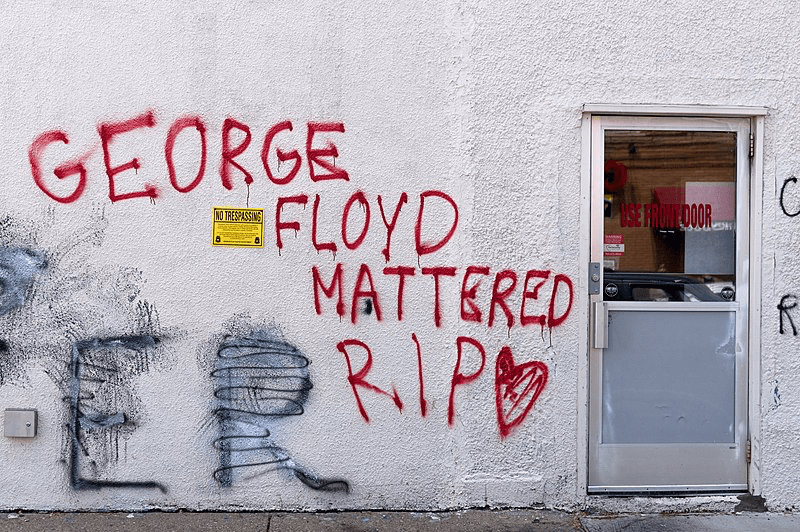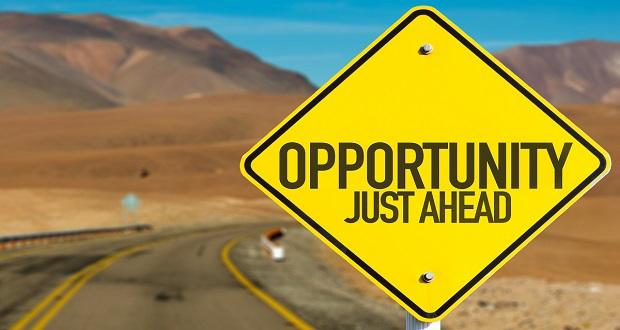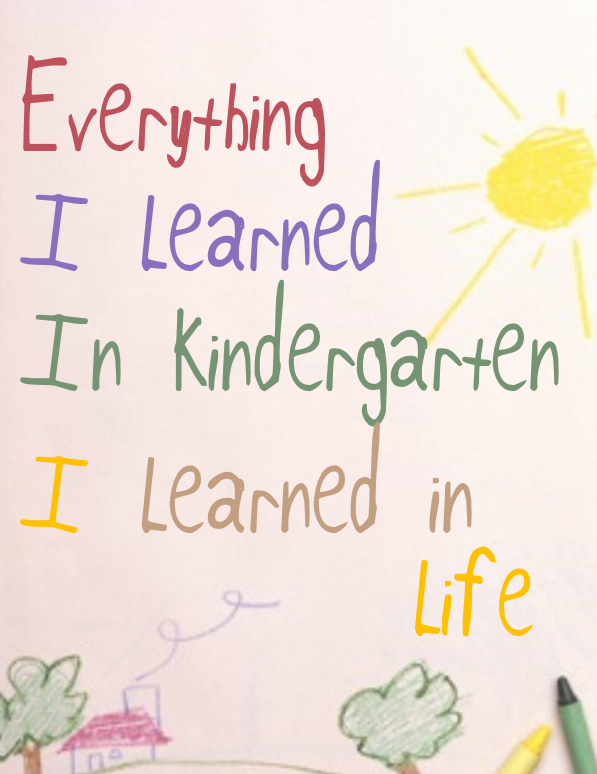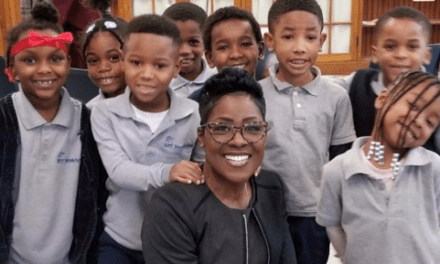
Minneapolis and many other cities across the country are burning. They are burning as a response to another black man being killed in the hands of law enforcement. The images of George Floyd pleading for help, while handcuffed and on the ground, have gone viral and sparked national outrage. Once again, we find ourselves asking: How many more Black people must die in vain? When will we come to terms that Black lives do matter? At what point will we take responsibility for the inexcusable racism that still prevails in our society?
Once again, we find ourselves asking: How many more Black people must die in vain? When will we come to terms that Black lives do matter? At what point will we take responsibility for the inexcusable racism that still prevails in… Click To TweetThe racism we see today has been around for centuries. Centuries! In fact, since the age of exploration, physical differences have been used as an excuse to determine who the “true” children of God are. European explorers, who questioned the humanity of the racially distinct natives they encountered, used this as a justification for slavery and extermination. Religion, subsequently, fueled the racist notion that there are two distinct groups: the Europeans, the “true” children of God, and all others.
While, at first, religion was used to place cultural groups along a continuum from high to low, the 19th century introduced the notion that biology was a better way of explaining our differences. In other words, someone’s race could be determined by skin color, hair texture, eye shape and other physical attributes. Social scientists have long rejected this notion—but let’s be clear: just because race isn’t a biological reality, it does not mean we aren’t living with this societal reality.
Being classified as Black, Asian or Latinx does not carry the same benefits as being White. Click To TweetBeing classified as Black, Asian, or Latinx does not carry the same benefits as being White. Public policies and individual actions attest to that. Contrast, for example, the images of the White, gun-carrying protesters in Michigan’s Capitol building with those of individuals protesting the death of George Floyd in Minnesota. How were the two groups treated? In fact, even our court system has long confirmed this disparity on how different groups are treated. In the late 1700s, for example, Congress declared that only White immigrants could become naturalized citizens. It was only after the Civil War that naturalization was extended to persons of African descent. Still, only Whites could vote, sit on a jury, or be elected for public office. They were also the only ones with access to better paying jobs. Whiteness has long been a synonym to privilege and opportunities and this system of advantages and disadvantages will continue to be perpetuated if not acknowledged and addressed.
Contrast, for example, the images of the White, gun-carrying protesters in Michigan’s Capitol building with those of individuals protesting the death of George Floyd in Minnesota. Click To TweetThe Time to Address Racism and Other Inequities is Now
Addressing racial inequities in our society is often hindered by the fact that race is one of those topics that have long been considered a taboo—even among family and friends. That is because many of us fear saying the wrong thing, being labeled a racist, or, more likely, don’t know how to start such conversations. Saying nothing seems to be the default mode for many of us. Let’s not kid ourselves, though. We cannot disassociate ourselves from the emotions triggered by the racist actions we witness or suffer. The civil unrest we are seeing today signals enough is enough!
Conversations will only go so far, though. They need to be paired with government and institutional policies and practices that address the systemic inequities that still plague our society. Click To TweetMore than ever, we need to create safe spaces (in schools, organizations, churches, etc.) where individuals can come together to share their experiences, concerns, stories, discuss the events that are taking place in society, and learn each other’s perspective. These conversations will only go so far, though. They need to be paired with government and institutional policies and practices that address the systemic inequities that still plague our society. The death of George Floyd, and many others, leaves us walking around with all the pain and trauma associated with these senseless tragedies and, yet, unable to talk about them in an open manner. As a society, we need to acknowledge the impact these events have on the lives of those who have long been marginalized.
We need to acknowledge the impact these events have on the lives of those who have long been marginalized. Click To TweetHow to Start a Conversation about a Polarizing Topic
Conversations around racism or other polarizing topics need to happen authentically and immediately. Think of the tremendous impact that senseless deaths, discrimination, insensitive jokes, racially-charged emails, biased practices and policies, or comments many individuals of color hear implying they only “got in” so the organization or institution could reach a numerical benchmark (thus implying the lowering of standards).
Addressing race relations will, no doubt, be very challenging. Added to this challenge is the erroneous belief that this is not the type of conversation we should be having in public. However, we can no longer ignore the impact of racist acts on individuals. The feelings of stress and trauma those impacted carry around will, most certainly, affect productivity, engagement, and their physical and psychological wellbeing.
In the book, We Can’t Talk About That at Work!, Mary-Frances Winters (2017) outlines several steps individuals can take so they are ready to lead conversations about race (or any other polarizing topic) in an effective manner. Below, I will discuss some of the steps you can take, followed by action steps.
1.) Understand that this process is a journey and that it starts within.
It is essential that we embark on a self-exploratory journey so we understand how our own beliefs, values, prejudices, and privileges (in age, physical ability, education level, sexual orientation, language, etc.) impact the way we think, behave, and function. This self-exploration will, inevitably, lead to increased self-awareness, which is an essential element for the understanding of others.
Below are a few questions that will help you start on your self-awareness journey:
- If you are a member of a privileged group (e.g., white, male, heterosexual, Christian, able-bodied), how will that impact your relationship with individuals from a non-privileged group? Or vice versa?
- How does your race, ethnicity, gender, age, religion, sexual orientation, ability, economic class, language, national origin, etc. impact your interactions with others?
- Have you ever been in a situation where you were a minority (meaning, outnumbered)? How did you feel? Can you empathize with individuals who are from underrepresented populations? Do you know what their lives are like?
ACTION STEP 1:
After reflecting on the questions above, grab a friend, a colleague, a fellow student and have a conversation (could even be virtual). The caveat is that it has to be someone different than yourself. That is, a different race, ethnicity, gender, age, religion, sexual orientation, ability, economic class, language, national origin, etc. The goal is for you to start understanding life from their perspective. For example, how is life for them as an immigrant/Black person/Muslim/single parent/having a disability (visible or invisible) etc.?
2.) Learn the impact of your biases.
Another important aspect of your self-awareness journey is the need for you to understand how your biases impact your behavior and the way you interact with others. Biases refer to our tendency to “prejudge” others according to the group to which they belong. Oftentimes, we are not even aware we are doing it; that is, some of our biases are unconscious; yet, they have real life consequences. For example, overweight employees have been found to receive lower performance evaluations, race often determines how certain groups are prescribed more medical procedures than others, individuals are often judged by what they wear, and criminal defendants who are Black have been found to receive more severe punishments than Whites. These are examples of the hundreds of ways we make decisions every day in favor of one group and to the detriment of others without even realizing we are doing it.
Given all of us can be biased, we need to learn to suspend our judgement long enough so we can ascertain the situation. Start by asking yourself:
- What opinions or images do I carry about individuals from [name the group]?
- Are they positive or negative?
- How did I acquire them? Through personal history? Childhood memory? The media?
- What steps can I take to eliminate my biases towards different groups?
ACTION STEP 2:
If you want to learn about your implicit (unconscious) biases, take the Implicit Association Test (IAT). This is the most prominent method of measuring implicit bias and it can be found here.
After completing at least two of the tests, find a buddy (preferably a different one from Action Step 1) and discuss the following questions:
- What surprised you about the tests?
- What shocked you about the results?
- Do you have hidden biases that were uncovered?
- Do you feel they are accurate? Why or why not?
3.) Recognize the impact of your power and privileges.
It is important to keep in mind that we all have very complex identities; that is, we all belong to multiple groups simultaneously. This is what Sociologist, Kimberlé Crenshaw, refers to as “intersectionality.” Our race, class, sex, sexual orientation, age, religion, nationality, weight, ability, and many other cultural or physical aspects, determine how much power and privilege we have. This ultimately translates into who has access to resources or can participate in decision-making. In other words, our group membership gives us advantages and disadvantages. The fact that these privileges are given to us without our actually asking for them, makes it harder for us to acknowledge the privileges we have. As part of the process of understanding the role your power and privileges will play in the conversation, some of the questions you need to ask yourself include (for a complete list, see Winters, 2017):
- What is my positional power in this situation?
- Is my power simply due to the fact I am a member of a dominant group?
- What considerations have I given to the power and privileges of those who will take part in the conversation?
These are important questions to consider as part of your readiness to have difficult conversations because power imbalance will most definitely, prevent an equitable dialogue to take place.
ACTION STEP 3:
Read Unpacking the Invisible Knapsack by Peggy McIntosh.
Find another buddy and discuss the following:
- After selecting two or three items on the McIntosh article that resonate with you, share why they resonated with you the most.
- The list was created by McIntosh in 1988. Are there things that have changed? Things that haven’t?
- Is there anything you would add or remove from the list?
- What does the list have to do with the history of whiteness and what is happening now?
4.) Learn about others and how they experience life.
You no longer need to have the ability to travel abroad to interact with other cultures. Each year, an increasing number of immigrants come to live and work in this country. Furthermore, projections by the Census Bureau indicate that by 2030 the United States will be a global society in which over half of all U.S. Americans will be from today’s racial and ethnic minorities. We can no longer afford to ignore the impact these trends are having in our schools, workplaces, and neighborhoods.
Because of this increased diversity, the potential for misunderstandings is much higher. Culturally competent individuals are aware that cultural differences exist and have the skills to adjust their behavior to the cultural orientation of others. They know, for example that straight talk is not necessarily the right talk. They realize that a student or advisee answering “yes” could mean “yes, I agree with you,” or simply “yes, I hear you.” They understand that, depending on whether an employee is a direct or indirect communicator, “I have a small suggestion” could mean that the speaker doesn’t feel strongly about the matter, or that this is the way he/she is expressing great concern about the matter.
As part of your other-awareness journey, you need to learn about different cultural patterns, and you need to increase your understanding of the daily struggles of the people around you. For example:
- Do you recognize the pain individuals are bringing with them to the workplace, to school, etc., because of the recent killings of unarmed Black people by police officers? How do your Black family, friends, and colleagues feel? Have you stopped to hear their perspective?
- Do you recognize the anxiety transgender individuals face while choosing the bathrooms associated with their gender identity?
- Have you considered the impact of all the Islamophobic incidents on your Muslim employees, students, or friends?
ACTION STEP 4:
Your Personal Diversity Experience
The goal of this activity is for you to actually experience what it feels like to be part of a “minority group” in a social or cultural setting of your choice. This will give you a deeper appreciation for the way(s) in which being part of a minority group influences feelings of (dis)comfort, apprehension, self-protection, defensiveness, critique of the dominant culture, etc. and the behaviors or attitudes associated with these feelings and experiences. Examples of experiences include:
- A white person attends church service at a predominantly Black congregation.
- An able-bodied person spends a morning or afternoon in a wheelchair at the local mall.
- A US National visits a program of a social service agency whose mission is working with the Hmong, Somali, or Latinx community.
- Taking a visually-impaired friend shopping.
Choose a group about whom you have a genuine desire to learn. Do not choose a situation where you feel your visit would be intrusive or physically dangerous in any way. In some situations, you might need to obtain permission for your visit and, in any case, you are strongly encouraged to contact someone associated with the setting/group ahead of time to explain your reason for visiting. After your visit, reflect on the following:
- Your reaction to the situation. What did you think? How did you feel?
- Were you aware of behaving any differently than you normally do? If so, how? Why?
- What were some of reactions you observed from the group? Any surprises?
- What insights does this give you about what it might be like to be a member of that group?
- What are the implications of these insights for how you will interact with members of that group at work, in school, etc.?
Concluding Thoughts
For many individuals, their world is filled with pain, fear, and anxiety, which is compounded by our inability, as a society, to address these feelings in meaningful conversations. This dynamic will most certainly impact productivity, engagement, and wellbeing.
Having conversations about racism is, indeed, a challenging process. But we all need to (1) Recognize that some individuals are carrying a lot of hurt with them, (2) Gain a deeper understanding of the issues they are facing, (3) Go through the process of acquiring the necessary skills to start those conversations, and (4) Find ways to advocate for a more equitable society. The steps outlined above should get you started on your personal journey of becoming an ally.
More importantly, you don’t have to wait until you have mastered all the skills before you start to engage in conversations across differences. Start the conversations now with the humility of knowing that you may stumble at times, but keep on taking the steps necessary to create truly inclusive environments where everyone feels comfortable in addressing their pain without fear. The aftermath of George Floyd’s death is a clear signal that the status quo is no longer acceptable.
The current environment is calling on all of us to take a strong anti-racist stance. Dr. King once said, “the cry of Black power is about a reaction to the reluctance of White power to make the changes necessary to make justice a reality for the Negro.” How are you going to use your power toward social justice?
The current environment is calling on all of us to take a strong anti-racist stance. How are you going to use your power towards social justice? Click To TweetAdditional Resources
Dreasher, L. M. (2018, May 08). Addressing race and racism in the workplace. Edited by C. Belden and B. J. Harris. The Winters Group. Retrieved from http://files.constantcontact.com/5f315356201/af262f10-b928-491f-a0a6-28fcf2b618f6.pdf
Smith, K. (2020, May 28). Bearing witness: The death of George Floyd. Facing History and Ourselves. Retrieved from https://facingtoday.facinghistory.org/bearing-witness-the-murder-of-george-floyd?utm_source=hootsuite&utm_medium=facebook&utm_campaign=organic
Winters, M. F. (2017). We Can’t Talk About That At Work: How to Talk About Race, Religion, Politics, and Other Polarizing Topics. Oakland, CA: Berrett-Koehler Publishers.


















